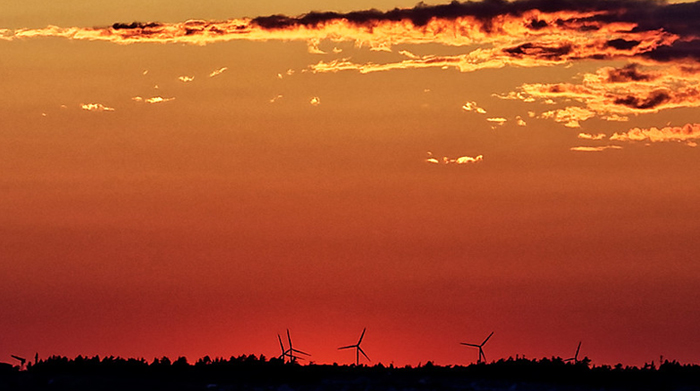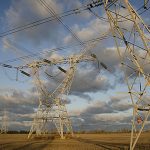California’s Energy Woes in Chart Form

Image courtesy of Admitter under Attribution-NoDerivs 2.0 Generic License, resized to 700 x 391 pixels.
I recently stumbled onto an article written by Robert Bryce that paints a bleak visual depiction of California’s energy woes. I’ve never heard of Mr. Bryce, but the charts and graphs he shared in his article were extremely eye-opening and definitely share-worthy (or should I say cringe-worthy?). Let’s take a quick look.
The Numbers and Trends Behind California’s Energy Woes
Oh boy, this is going to be painful if you live in California. The primary piece of bad news is that the state’s residential prices increased by approximately 12% in 2023. It’s now the third most expensive state, trailing only Hawaii and Connecticut. And the author predicts that prices will skyrocket even more going forward due to an $80 billion infrastructure enhancement effort approved in 2022. Adding insult to injury is that the author believes the $80 billion cost estimate is way too low.
With that said, the pièce de resistance of the article is the charts, and I recommend you click on the article link above to check them out. Here’s a snapshot of what you’ll find:
- Solar and wind power have dramatically increased their share of California’s generation mix.
- Yet the CO2 intensity of the state’s generation is not declining.
- Meanwhile, California’s residential electricity prices have risen more than any other state since 2008 (both in absolute terms as well as on a percentage basis).
- Because of this, about 3.48 million California ratepayers had fallen behind on their monthly payments, with total outstanding balances exceeding $2.2 billion (as of Jan. 2024).
The article concludes by saying that California’s energy woes have been contributing to a mass exodus out of the state. In Dec. 2023 alone, around 75k residents moved away, second only to New York (102k). And for 4 years in a row, California was ranked by the U-Haul Growth Index as #1 in terms of the number of annual outbound movers. Ouch!



